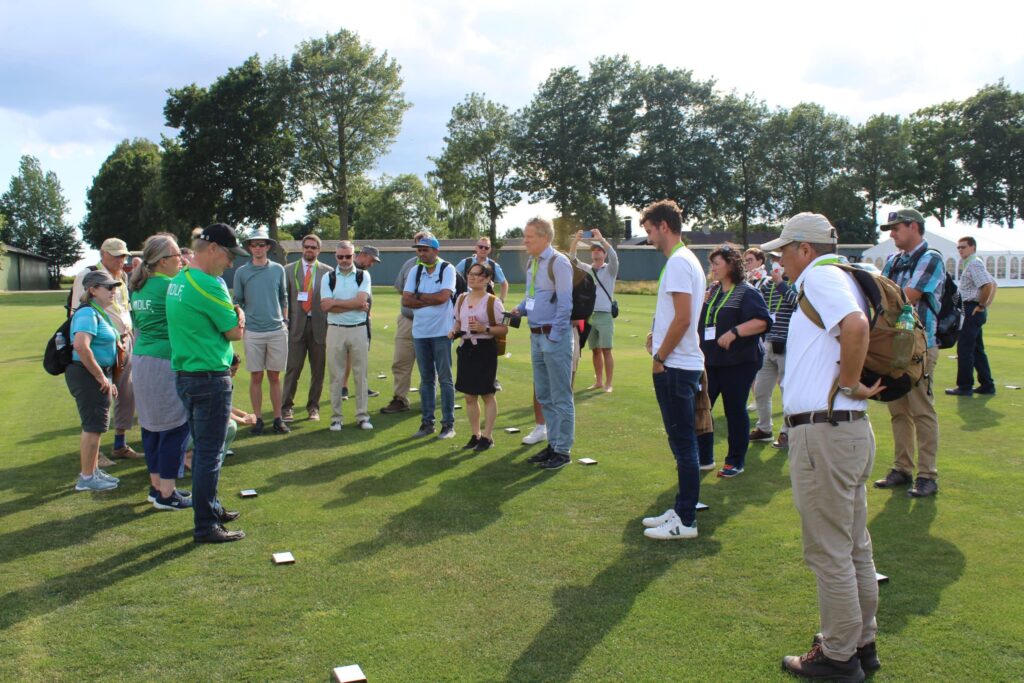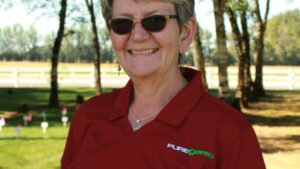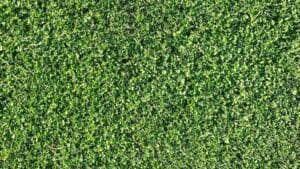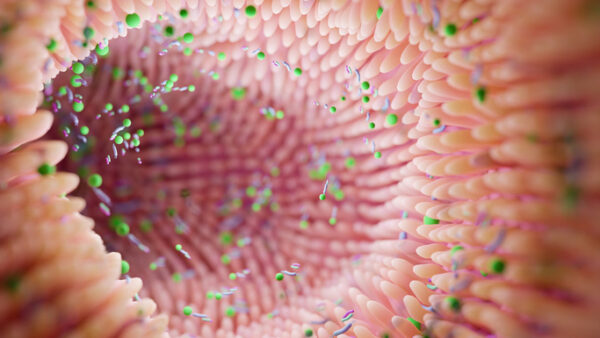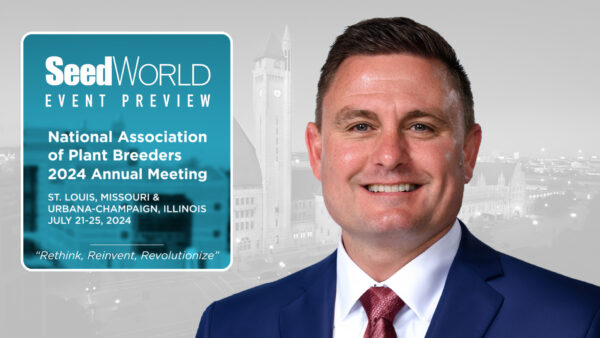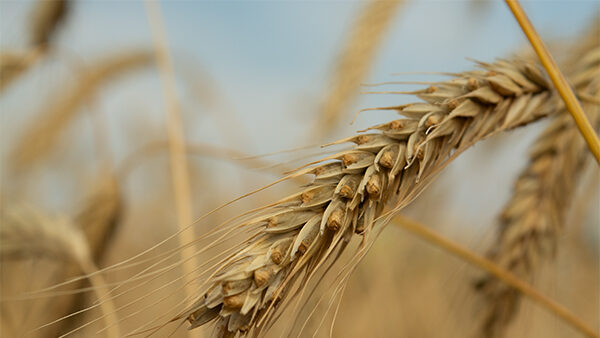From July 10 to 15, almost 300 researchers and professionals attended the 14th International Turfgrass Research Conference, which was held in Copenhagen. Under the conference theme “Development and Sustainability” 181 papers presented how turfgrasses improves sustainable development in cities, how new diseases can be controlled, and how professionals can reduce fertilizer- and chemical use without compromising too much on turf quality.
In Europe, sustainability has been on the agenda for several decades but with the UN manifestation of the topic into 17 specific targets the topic is now articulated on a global scale. That is good for the environment, our climate, and for the biodiversity of this planet. When we discuss how to improve these three vital elements we usually think of the impacts from farming, animals, and crop production. But we tend to forget how much surface of arable land is actually covered by turf.
A study revealed that turf lawns occupy close to 164.000 square kilometers in the U.S. alone [1] This is three times larger than for any other irrigated crop in that country. The researchers behind the study also calculated that when irrigated properly, lawns act as a carbon sink storing up to 17 million tonnes of carbon per year in the U.S. In other words, turfs matters a lot when we talk about sustainability. So does turf management, because proper irrigation also has a cost, not to mention fertilizer- and chemical use for that matter. That means that it also really matters that turf researchers meet every four years to discuss how this sector can contribute to a better future.
There are very few chemicals left for European turf professionals to battle weeds and diseases. They are struggling to find acceptable alternatives, which includes the use of more disease resistant- and drought tolerant varieties, stretching fertilizer applications, using robots to improve branching and lawn cover, etc. ITRC2022 showed several good examples of such practices, and these results and experiences will now be further developed by researchers from the rest of the world, who bring back knowledge to their countries.
The conference included five technical tours, where participants learned how Scandinavian golf clubs, stadiums, and municipalities develop creative turf solutions both to mitigate- and adapt to future climates. Ending where everything starts – genetics, participants saw the tremendous improvements in quality and robustness that grass varieties has undergone at DLF and which will continue through innovative collaboration between breeders and researchers.
1Milesi et al. (2005): Journal of Environmental Management, vol. 36, p. 426-438


